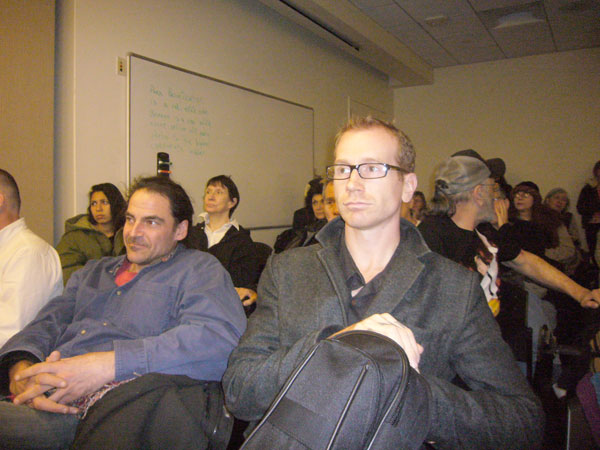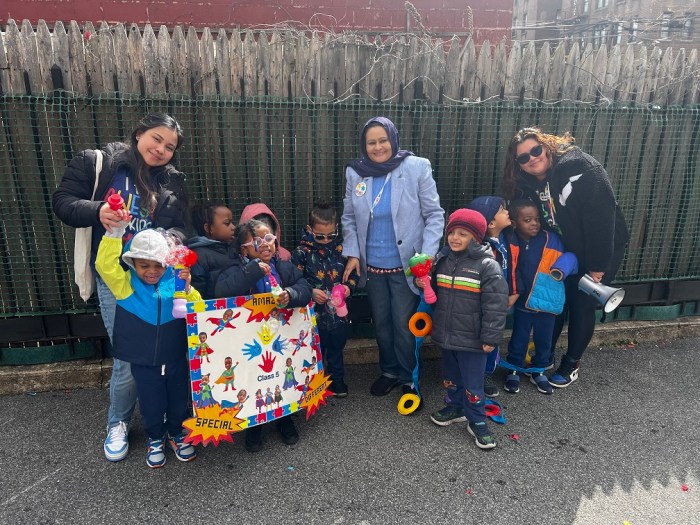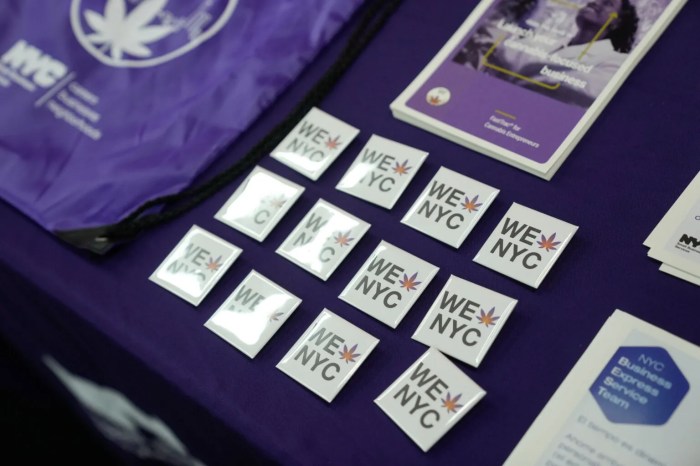BY TERESE LOEB KREUZER | Over the last 20 years, Robert Lederman, an artist who makes his living in city parks, has brought eight lawsuits in federal courts to assert and defend the rights of expressive matter vendors to freely display and sell their wares. In addition to people who sell books and newspapers, expressive matter vendors include visual artists, such as painters, sculptors and photographers, and performers, such as dancers, musicians, jugglers and others. The Parks Department has tried to confine all of these individuals to strictly regulated spaces and to limit their numbers.
On Oct. 2, 2012, Judge Richard Sullivan of the Southern District Court of New York handed down Lederman’s first legal defeat. Sullivan sided with the Parks Department saying that, “The Constitution recognizes that the city must be permitted to balance plaintiffs’ speech rights with other myriad demands on municipal resources.” Sullivan acknowledged that “vending is not permitted everywhere,” but went on to say that “a significant amount of the Parks Department’s 2,700 acres of parkland in Manhattan is available to expressive matter vendors.”
In Parks Department rules dating from June 2010, with a few exceptions, expressive matter vendors were ordered to stay 50 feet from any monument and 5 feet from any park bench, tree, wall, fence or sign. Vendors who did not make use of a cart or display stand and who did not occupy a specific location for longer than necessary to conduct a transaction were exempt. However, the rules also stated that “no vendor shall allow an item or items used or offered in conjunction with vending to touch, lean against or be affixed permanently or temporarily to any street or park furniture installed on public property or any rock formation, tree, shrub or other planting.”
Lederman said that these rules meant that a guitarist, for instance, whose instrument case lay on the ground would be in violation and that, pragmatically, in some parks such as Washington Square Park, no space for vendors would be legally viable.
In June 2012, Lederman and a co-plaintiff, Jack Nesbitt (also an expressive matter vendor), sued to make Parks rescind those rules and others that applied specifically to four heavily used Manhattan parks — the High Line, Union Square, Central Park and Battery Park. In these parks, expressive matter vendors were required to set up their stations on a limited number of 24-square-foot, medallion-marked spots.
Lederman and Nesbitt have appealed Judge Sullivan’s decision to the Second Circuit Court of Appeals, where it will be heard by a panel of judges. This is as far as their case can go in New York State. Should they lose, the next step would be the U.S. Supreme Court. The plaintiffs have filed their papers and are waiting for the city to file its defense, which will occur in early May. Then Julie Milner, Lederman’s attorney, will have two weeks to reply.
Milner, said she was “shocked” by Sullivan’s decision. She described the judge as “extremely intelligent” and said he reads everything that comes before him.
For a while, in fact, Parks did not enforce the rules against performers, although visual artists were strictly controlled as to where they could set up. Milner said that her argument to Sullivan was based on the fact that Parks has been saying all along, “that performers and artists were similarly situated, so if they were not going to enforce the rules against the performers, then they couldn’t enforce them against the artists.”
On April 2, 2013, the Parks Department came out with a new set of rules that it stated were not a departure from what had existed before, but just a clarification. Now performers in the four large parks who ask for donations must set up on medallions as visual artists have already been doing.
Philip Abramson, a Parks Department spokesperson, said, “The expressive matter vending rules were promulgated by the Parks Department in 2010 to address congestion and aesthetic concerns and to ensure that the city’s parks are available to the public for a wide range of activities. While it was always our intent that the rules include performers and entertainers who seek donations within the definition of an expressive matter vendor, the rules now state that explicitly. This clarification provides clearer information to both the general public and expressive matter vendors.”
As of May 8, Parks can start ticketing and even arresting people who defy the rules. A fine of $250 is levied for a first offense but can go to $1,000 an offense for those who are repeatedly ticketed by Parks Enforcement Patrol officers.
“Enforcement will continue in the same way it has since May 2011 with respect to those who sell or seek donations for books and artwork,” said Abramson. “The only change is that the agency will resume applying the rules toward performers and entertainers.”
There is no chance that the Second Circuit will have handed down an opinion by May 8. Milner said the performers would be well advised to get their own attorney and try to get an immediate injunction against the ruling. She noted that the performers and the artists have conflicting interests, and therefore would need separate representation.
The larger issues have to do with First Amendment rights and 14th Amendment rights.
“Here in New York,” Milner explained, “we have greater rights under the First Amendment because our state Constitution is more liberal than the federal government Constitution. We give more rights to artists and expression than other jurisdictions. In 1997, a Second Circuit ruling in Bery v City of New York, paved the way for artists to have full First Amendment rights — not just of expression, but of speech.
“We’re very worried about [the case now under appeal],” Milner said, “because if we lose in the Second Circuit, it will set artists’ rights back.”
Artists got their rights in the beginning through the 14th Amendment, she explained, because they were being compared to booksellers.
“That’s why non-original artists can sell other people’s artwork,” she noted. “You can sell copies and still be fully protected.
“I think that’s a source of contention with the Parks Department,” Milner added. “They don’t want non-original artists coming in, cluttering up the place, selling knockoffs.” She also said she thinks the Parks Department wants to corral the expressive matter vendors because it can make more money leasing park space to other kinds of users, such as corporations who stage promotional events in the parks.


















